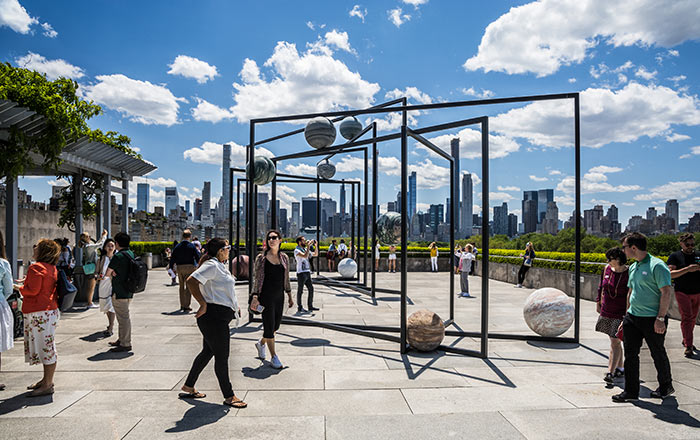Shiva vase
Ettore Sottsass Italian, born Austria
Not on view
This vase serves as a modern interpretation of the phallic-shaped linga form that symbolized Shiva in the Hindu religion. Sottsass, one of the most important Italian designers of the 20th century, was deeply impacted by religion and religious symbolism during his journeys to India in the 1960s. This piece displays Sottsass's penchant for adopting, but at the same time subverting, traditional forms. The hot pink color, while seemingly inconsistent with the somber nature of a religious object, reflects Sottsass's fascination with the bright colors that pervade both the clothing and the architecture of India, which he incorporated into his architectural projects as well.
After completing the Shiva vase, Sottsass wrote, "I continue to produce small, small, small architectures, such as this ceramic piece, for example, a little like monuments, a little like tombs, a little like the abandoned temples of the gods, a little like the ruins of the ancient and unknown civilization in which something—the[y] say—was known; it is said that they understood the axes, the curves, the intersections, perhaps even the causation of the courses of the cosmic bodies, along which each day slide the private vertices of the atoms that make up our fragile flesh and blood."
This image cannot be enlarged, viewed at full screen, or downloaded.
This artwork is meant to be viewed from right to left. Scroll left to view more.







